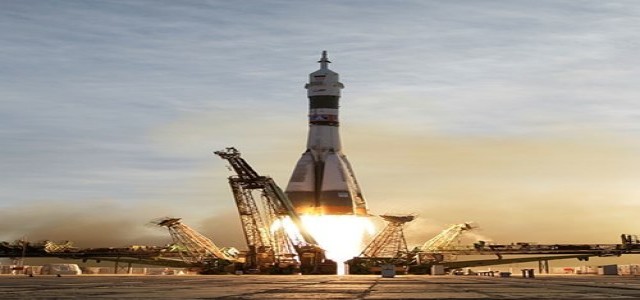
Green Run, a critical rocket test conducted by NASA, has recently ended with a shutdown. During the test, the fire of the 4 rocket engines in the Space Launch System (SLS) lasted for over a minute while it was anchored in the NASA’s test stand. This trial run was considered a vital checkpoint for its much-delayed SLS, which is set to play a major role in the Artemis program to send astronauts to the Moon.
The team at NASA had planned to keep the engines fired for nearly 8 minutes or around the same time it will take for launch of future missions to the Moon. During the trial, however, they came across a major component failure (MCF) on the engine 4. According to the SLS program manager of NASA, John Honeycutt, the engineers spotted a flash near the engine 4, probably near a thermal protection blanket around the engine. However, the exact reason behind the shutdown is still unknown.
The engineers had anticipated to get at least 250 seconds of the test, claimed John Shannon, Boeing’s SLS program manager. This duration would allow them to get all the engineering data to gain confidence in the vehicle, which was gathered by over 1,400 sensors he stated. These sensors were to monitor the core for stress, acoustics, temperature, and vibration. Despite the failure of the recent test, these sensors have collected a large number of data that eventually may help NASA determine the cause and future plans to take the mission forward.
The recent Green Run test was slated to be a part of the 1st rocket launch out of Cape Canaveral for an uncrewed mission known as Artemis I, which is expected to send the Orion spacecraft of NASA around the moon. Due to the uncertainty about the possible cause of the shutdown, the test results might impact the timeline for the Artemis I mission.
Source credit:
https://www.theverge.com/2021/1/16/22234891/nasa-sls-green-run-test-hot-fire-shutdown








